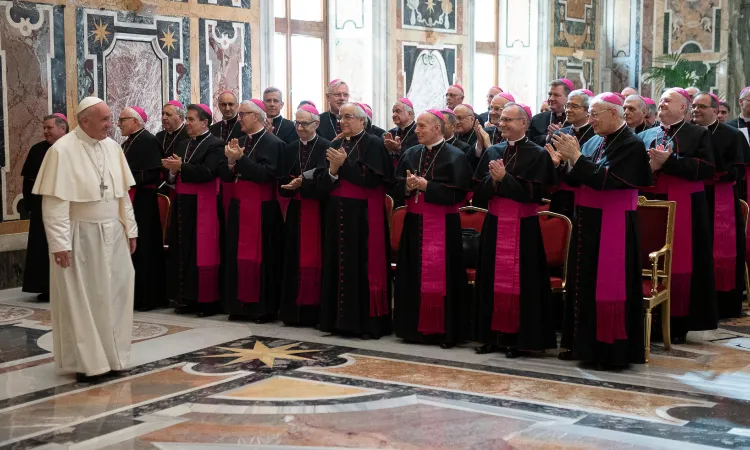What is the importance of the Papal nuncios?
The Papal nuncios have a twofold task: on the one hand, they maintain the relations with governments; on the other hand, they assist the Pope in choosing the new Bishops in the country where they work.
For what concern their diplomatic side, there are two ways to establish a dialogue with the world and have an impact on society.
First is that of establishing diplomatic ties. The Holy See has diplomatic relations with 183 countries in the world and has no full diplomatic relations with 13 countries in the world.
Out of these 13, there are eight countries where the Holy See has not even a representative: Afghanistan, Saudi Arabia, Bhutan, China, North Korea, Maldive, Oman, and Tuvalu. The Holy See has Apostolic delegates in four countries (Comore, Somalia, Brunei, and Laos), while it has a non-residential representative in Vietnam, that is one step in the negotiations to establish full diplomatic ties started back in 2009.
Vietnam will likely be soon the 184th State with full diplomatic relations with the Holy See: the latest meeting of the Vietnam - Holy See working group took place on December 19, 2018. The final statement stressed that the Holy See was going to commit to establishing a permanent representative in Hanoi.
The second way is the impact on the multilateral organization. The Holy See is Permanent Observer at the United Nations and has a nuncio to represent is at the UN headquarters of New York, Geneva and Nairobi. The Holy See is also Observer at the FAO in Rome and at the OSCE in Vienna, while it has the rank of a full member at the International Atomic Energy Agency – of which it is a founding member – and at the International Organization for Migrations in Geneva.
The Holy See is represented in several other regional organizations, while it has a nuncio to the European Union and an Observer to the Council of Europe.
What is the Holy See impact in international organizations?
Numbers help to understand.
The Holy See Mission at the UN in New York took floor 100 times in 2018: 85 speeches were delivered by Archbishop Bernardito Auza, Permanent Observer of the Holy See; 10 were delivered by Archbishop Paul Richard Gallagher, Vatican "minister for Foreign Affairs"; 4 by the Cardinal Pietro Parolin, Vatican secretary of State, as head of the delegation to the Global Compact talks in Marrakech on Dec. 10-11 and as head of the Holy See delegation on the CoP24 meeting for the climate in Katowice (Poland).
In Geneva, the Holy See took the floor 48 times in 2018. It is noteworthy that Geneva hosted many panels of the UN Global Compact on migrations.
The Holy See international agenda is the common good, and all of the Holy See interventions in the multilateral arena are intended to give voice to the voiceless, whether they are the most impoverished countries who have not so much weight in the international gatherings or they are the marginalized people.
The Holy See is a reference point, so much that it was asked to vote in a procedural vote of the UN Conference on the Treaty on the Prohibition of Nuclear Weapons back in June, being granted of the status of a full member State for that vote only. The Holy See is, in fact, a permanent observer, and takes part in negotiations, but never votes. Although it was proposed many times to become a full member, it always refused, because its vote could be instrumentalized or fall undervotes on the declarations of war.
The fact that the UN looked at the Holy See when there is a need for a third party or a good push is revealing of its weight.


